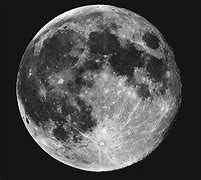This is a free online event, to attend please register with zoom using the “View Event Website” link on the box above.
Come and socialize with your fellow astronomy enthusiasts face-to-face virtually!
Bring your latest astrophotos, mini-presentation, questions or none and your own refreshments.
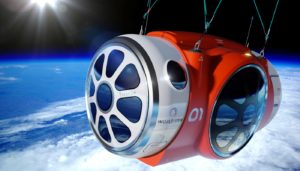
Views: 0
This is a free online event, to attend please register with zoom using the “View Event Website” link on the box above.
Chasing Supernovae Explosions with Kepler
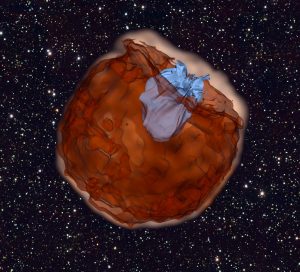
The Kepler Telescope discovered and revolutionized our understanding of 1000s of exoplanets. However, it also has given us the opportunity to study supernova explosions with exquisite accuracy. Dr. Rest will talk about how we can use these Kepler light curves to learn about the progenitors of the different types of supernovae and the physics of their explosion mechanisms.
Kepler’s Supernova Experiment Captures First Moments of a Dying Star
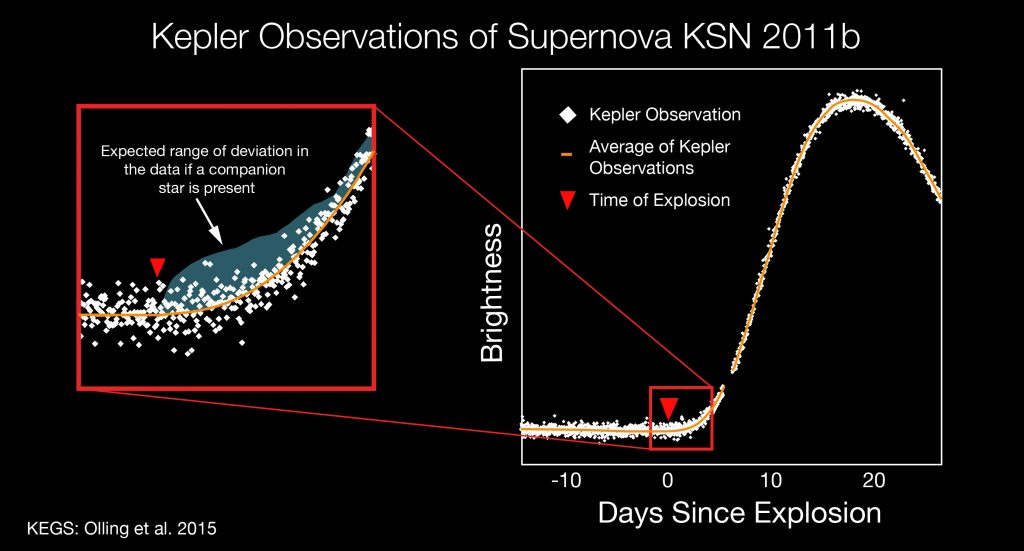
NASA Spacecraft Capture Rare, Early Moments of Baby Supernovae
Type 1a Supernova Animation
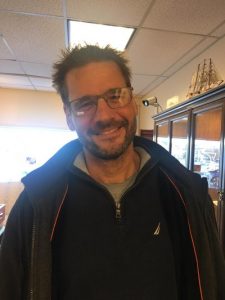
Dr. Armin Rest is an Associate Astronomer at STScI. Originally from Germany, he came to the US as an exchange student, and decided to stay to obtain his PhD at the University of Washington.

After his PhD, he worked as an NOAO Goldberg fellow at the CTIO observatory in Chile, before doing another postdoc at Harvard University. He started to work at STScI in 2010, and has been working there since as an NIRCam/JWST instrument scientist. His research interest is focused on supernovae, exotic transients, cosmology, and gravitational waves.
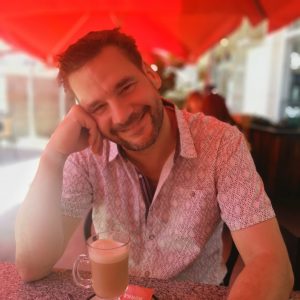
Views: 2
This is an online event held by OCA for VCAS.
No prior registration is required but when entering the webinar, zoom will ask for your name and email.
At the time of the meeting, to attend via zoom app click here, via your browser click here.
To install the zoom app click here.
The High Frontier: The Untold Story of Gerard K. O’Neill tells the untold story of the life and influence of the late physicist and space colony pioneer Dr. Gerard K. O’Neill. In 1977, O’Neill wrote the book The High Frontier: Human Colonies in Space, which sparked an enormous grassroots movement to build Earth-like habitats in space in order to solve Earth’s greatest crises. The film is told through “Gerry’s Kids” as they affectionately call themselves; his peers, family, and the younger generation who followed that movement and are now leading the modern day space industry. Find out more at www.thehighfrontiermovie.com
Will Henry is a Filmmaker and Writer based in Los Angeles, CA. Born and raised in Princeton, NJ, Will later attended the School of Visual Arts in New York City as a Directing/Screenwriting double major where he graduated top of his class. Will began his career in development at Tribeca Film under Jane Rosenthal and Robert De Niro, and later as a Creative Executive at Cindy Cowan Entertainment. Will moved into the independent film industry as a Filmmaker and Writer shortly after relocating to Los Angeles, CA, gaining recognition for his first feature documentary film, The High Frontier: The Untold Story of Gerard K. O’Neill.
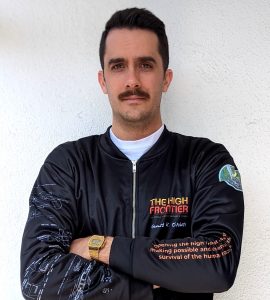
Will Henry (Producer & Writer)
Filmmaker & Writer, Creative Director & Senior Producer at Multiverse Media

Dylan Taylor (Executive Producer & Writer)
Chairman, Multiverse Media, CEO Voyager Space Holdings, Founder, Space for Humanity. Co-Founding Patron, Commercial Spaceflight Federation

Ryan Stuit (Director & Editor)
Accomplished artist, designer, and composer. Creative Director and Designer at Subtractive Inc. Future directorial slate includes “Nothing Ever Happens on the Moon” based on Robert Heinlein’s 1950s Sci-Fi short story.
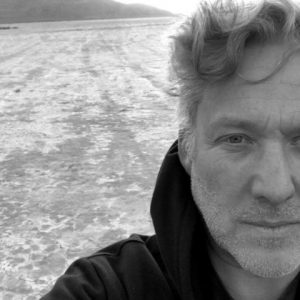
Kyle Schember (Producer)
Co-Founder and CEO of Subtractive Inc, specializing in scripted film, television, music videos, and music. Producer and Executive Producer for “Anna” with Emma Stone and “Who Cares” with Paul McCartney & Emma Stone. Producer on Prince EA’s “One Planet” produced for the Bloomberg Global Business Forum.
Views: 3











